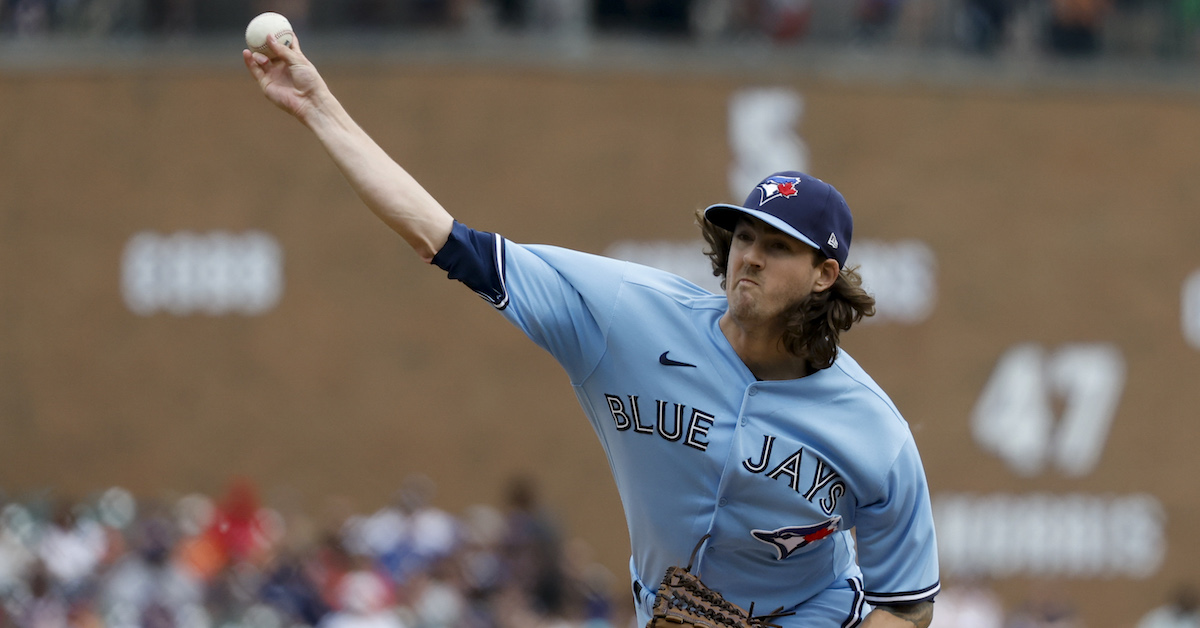Position: Senior Software Engineer at Major League Baseball
Location: San Francisco, CA
Major League Baseball is looking for experienced Software Engineers that are passionate about building new technologies for the baseball industry. Launched in 2001 as the tech arm of Major League Baseball, MLBAM is now a leading authority in real-time sports data processing, distribution and analysis.
The Baseball Data team is the central data hub for MLB. Using cutting edge technology, our data is consumed by fans, broadcasters, stadiums, and MLB teams. Our team’s primary product line is MLB.com Gameday, Statcast and Pitchcast.
The Opportunity:
As a Senior Software Engineer, your primary responsibilities will be to write clean, concise, modular code in an agile environment, mentor developers and provide code reviews.
You’ll also:
- Lead and take ownership of critical projects and your own initiatives.
- Work on a great technology stack including HTML5, Javascript, React, SQL, Java 11+, Spring, Scala and more.
- Introduce the technologies you feel passionate about.
- Collaborate with a team of extraordinary engineers and technologists.
- Influence the innovation of products used by millions of users worldwide.
- Work alongside top data scientists on data analysis, machine vision and NLP.
- Participate in the full lifecycle of software development (requirements gathering, designing, building, testing and maintenance).
- Change the way baseball is consumed.
- Receive amazing benefits – you get 100% employer-paid Medical, Dental and Vision.
You have:
- 7+ years of experience using front end technologies: JavaScript, React, HTML5, CSS3.
- Experience using JVM languages (Java, Scala, Kotlin…).
- Experienced building large and scalable applications.
- An avid learner, independent with excellent problem-solving skills.
- Passionate about mentoring peer developers, providing code reviews, etc.
- Baseball fan.
Preferred, but not required:
- Exposure to Google Cloud Platform or Amazon Web Services.
- Familiar with messaging queues: ActiveMQ or RabbitMQ or similar
- Experience with SQL databases
- Understanding of big data concepts and knowledge of big data languages/tools such as Hadoop, Kylin, or Spark
- Experience with 3D modeling and statistical analysis of 3D models
What Is It Like to Work at MLB?
Major League Baseball (MLB) is the most historic of the major professional sports leagues in the United States and Canada. Employees love working at MLB because of the culture of growth, teamwork, and professionalism. Employees who are most successful at MLB take initiative, know how to identify problems and provide solutions, and always put the Team first. For those ready to step up to the plate and join the Major Leagues, MLB takes the same approach as teams do with their players: empowering them to be at their best by engineering experiences that put employees in the best position to succeed. Major League Baseball is looking for candidates who are passionate about growing America’s pastime to best serve its fans for decades to come.
MLB’s vision is to be the global sport of choice for youth to play, fans of all backgrounds to enjoy and a desired destination for employment. With a belief that the journey to growth and greatness is ongoing, MLB gives employees the opportunity to continue learning and honing their skills with programs such as: tuition reimbursement; mentorship programs; lunch and learns; online course subscriptions; paid industry certifications; business resource groups; and more.
MLB provides its employees with exceptional medical, dental, and vision coverage. Premiums are 100% employer covered to help employees focus on being their best!
All in-office and ballpark-based positions are subject to MLB’s mandatory Covid-19 vaccine policy
To Apply:
To apply, please follow this link.
The content in this posting was created and provided solely by Major League Baseball.







